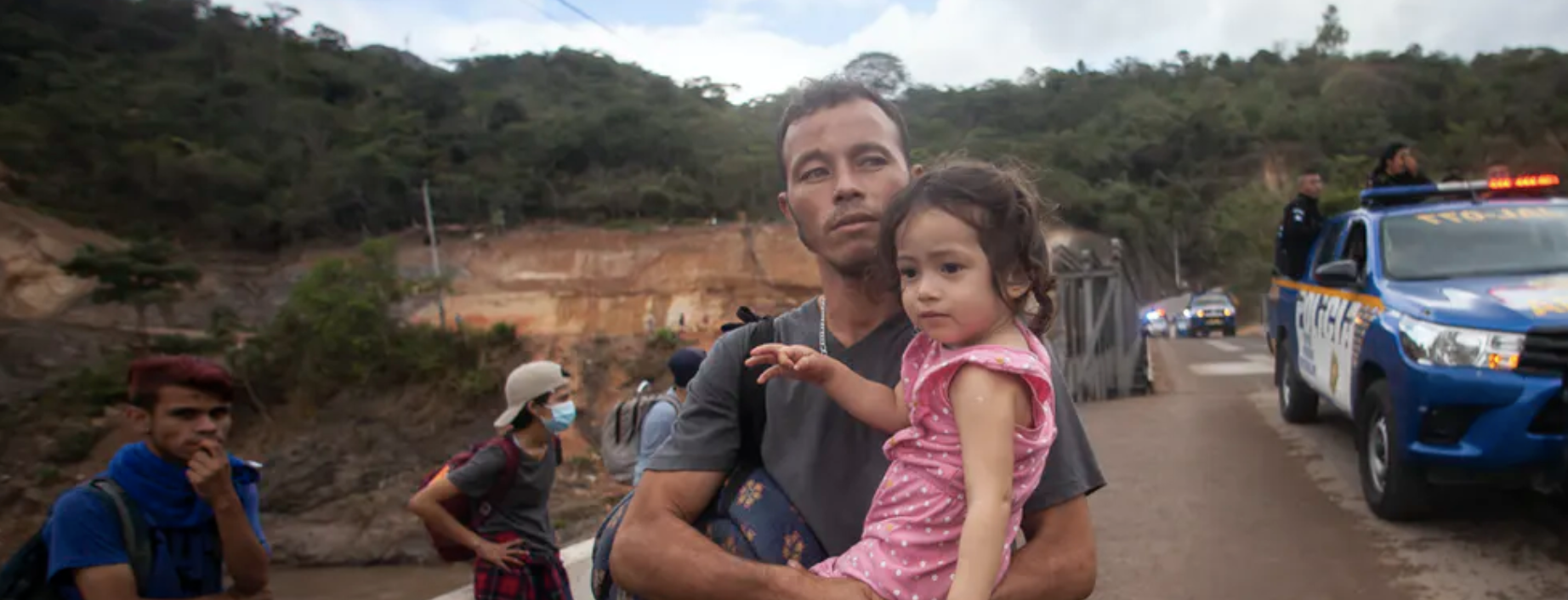
Professors Katharine Donato (ISIM), Amanda Gilligan (Vanderbilt) and Jonathan M. Carrico (UColorado Boulder) discuss challenges related to climate change, migration, and protection in The Conversation.
Climate change is upending people’s lives around the world, but when droughts, floods or sea level rise force them to leave their countries, people often find closed borders and little assistance.
Part of the problem is that today’s laws, regulations and international agreements about migrants, asylum-seekers and refugees offer few, if any, special protection to those forced to leave because of climate conditions.
National laws focus primarily on violence and conflict as drivers of forced migration and rarely consider environmental stress. In fact, no nation’s immigration system currently has environmental criteria for admission. International agreements such as the Global Compact for Safe, Orderly and Regular Migration and the Global Compact for Refugees mention the impacts of natural disasters and environmental degradation, but they are not legally binding.
The Biden administration has started exploring ways to identify and assist people who are displaced by climate change. But climate-driven migration is complicated.
Often, the environmental stressors associated with climate change are only one factor pushing people to migrate. For example, many migrants from Guatemala trying to enter the U.S. have struggled under severe droughts or storms, but many also fear crime and violence if they move to cities in their homeland to find work. Others are seeking opportunities that they and their children don’t have.
As experts in migration and climate risk, we have been studying how climate change is displacing people within their own countries and often pushing them to cross borders. Here are some of the key challenges the Biden administration faces and reasons this effort can’t wait.
Continue reading the entire article here.